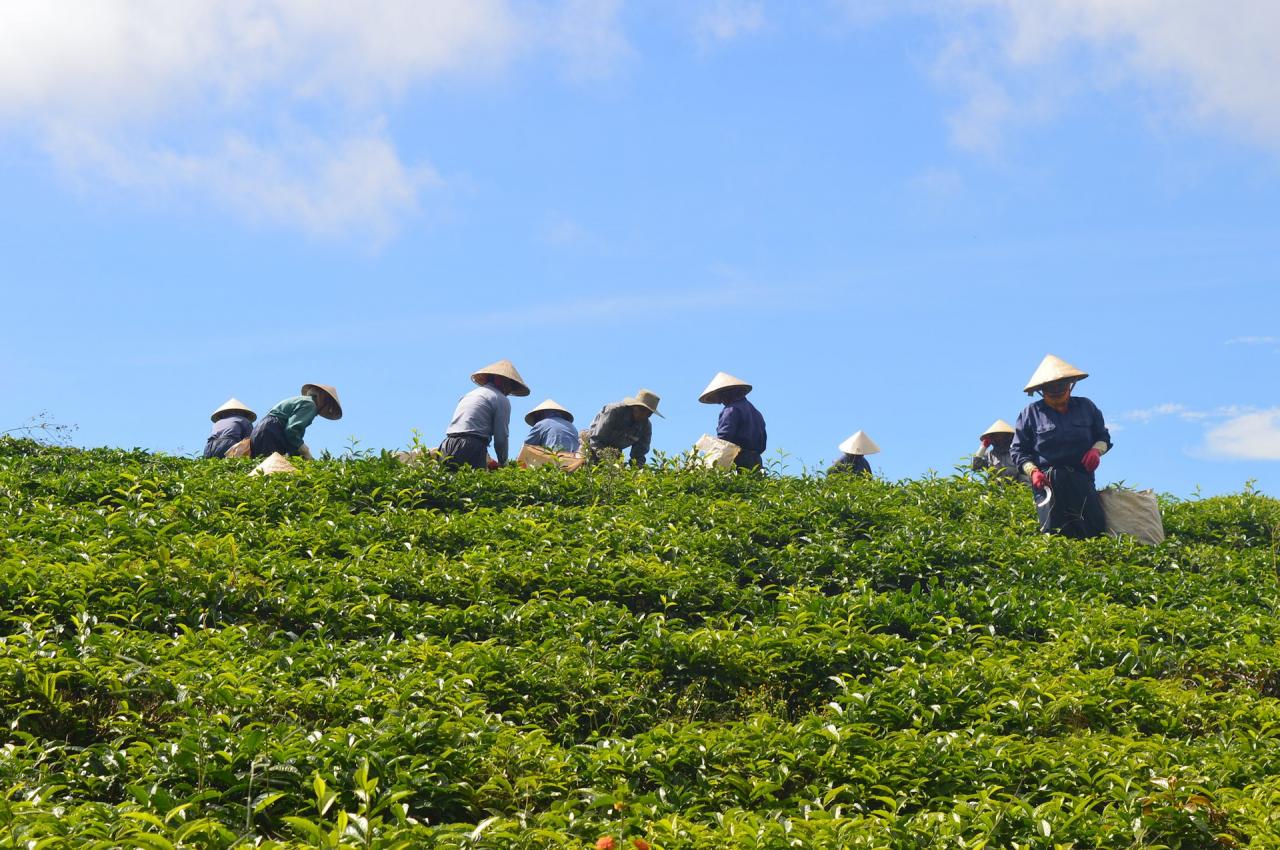
On June 23, in Da Lat City (Lam Dong), the program to announce the Central Highlands Regional Planning for the period 2021 - 2030, with a vision to 2050, took place. One of the highlights of the planning is to determine the perspective of economic development with focus and key points, focusing on advantageous industries such as agriculture, tourism, processing industry, renewable energy, mining and processing industry...
In particular, strengthening the connection between the Central Highlands with the Southeast region, provinces in the Central Central and South Central regions, seaports, major economic centers of the country and with countries in the Mekong Sub-region, the Cambodia - Laos - Vietnam Development Triangle.
The Central Highlands region includes the entire administrative boundaries of the five provinces of Kon Tum, Gia Lai, Dak Lak, Dak Nong, and Lam Dong. According to the general goal of the regional planning, by 2030, the Central Highlands will become a region of rapid and sustainable development based on a green, circular economy; developing a highly efficient agricultural economy based on science - technology, innovation, and digital transformation. National defense and security are maintained; political security, order, and social safety are ensured and maintained stably. By 2030, the Central Highlands will strive to surpass the low-middle income level.
The development orientation of advantageous industries in the Central Highlands region mentions prioritizing the strong development of processing and manufacturing industries, industries with added value and high technology content, and environmental friendliness associated with the advantages of raw materials in the region.
Forming deep-processing industrial zones and clusters, industry clusters linked to central urban areas and economic corridors; effectively linking with the industries of the Central Central, South Central and Southeast sub-regions.
The general goal of Quang Nam according to the provincial planning until 2030 is to form a center for pharmaceutical industry and deep processing of agricultural and forestry products.
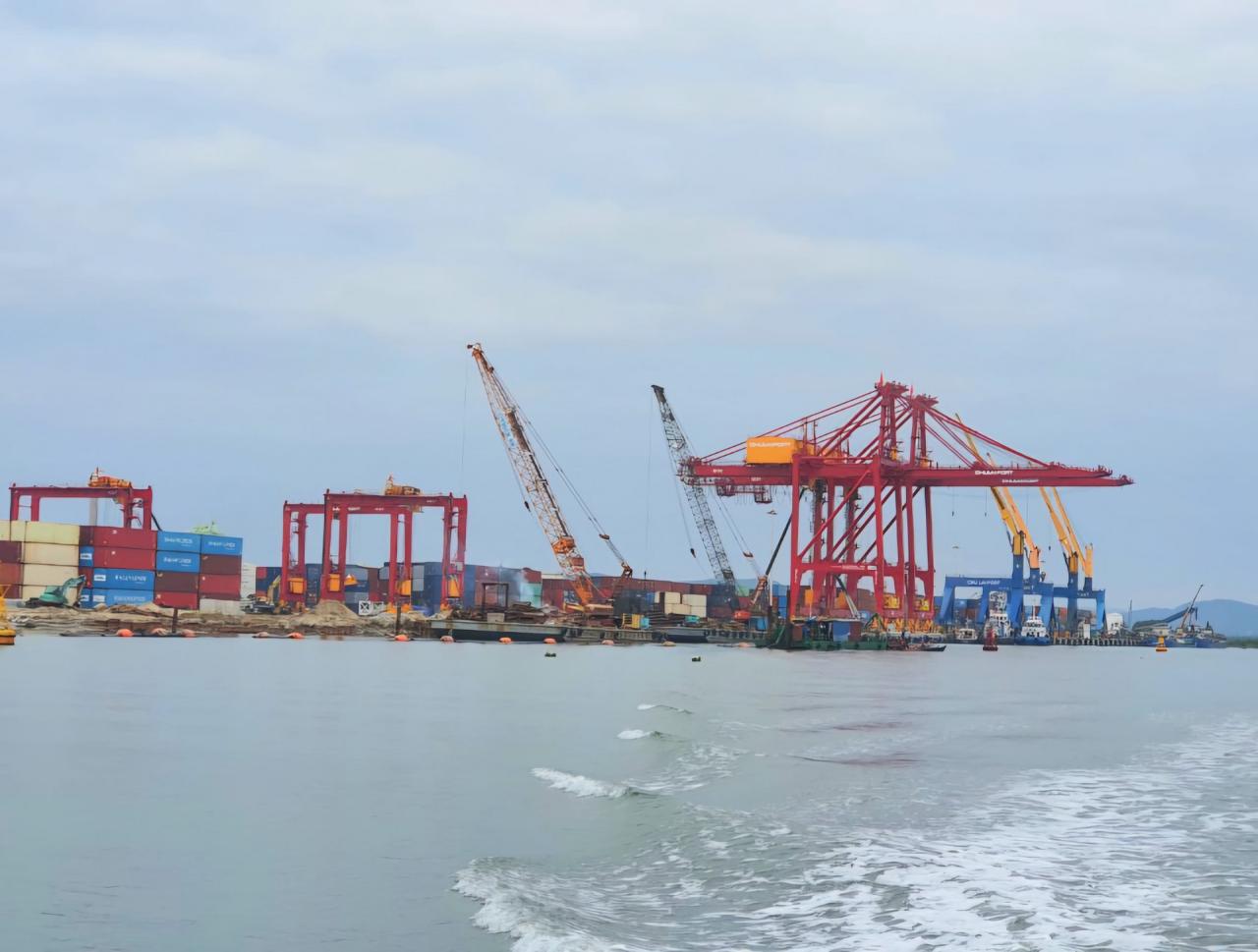
This symbiotic relationship will also be somewhat shaped in the near future when at the conference announcing the Quang Nam Provincial Planning in March 2024, THACO's representative said that the Central Highlands, along with Laos and Cambodia, is one of three large-scale crop material regions associated with mechanization and industrial management, forming an agricultural value chain to ensure regular export of goods through Chu Lai port.
In addition, THACO also pays great attention to researching and participating in the development of the road traffic system, focusing on express routes and investing in the form of BOT to promote the route from Southern Laos, Northern Cambodia and the Central Highlands to Chu Lai in the coming time.
Along with cooperation in developing advantageous industries, there is a close natural connection between the Northern Central Highlands and Quang Nam when sharing the Central Truong Son ecosystem.
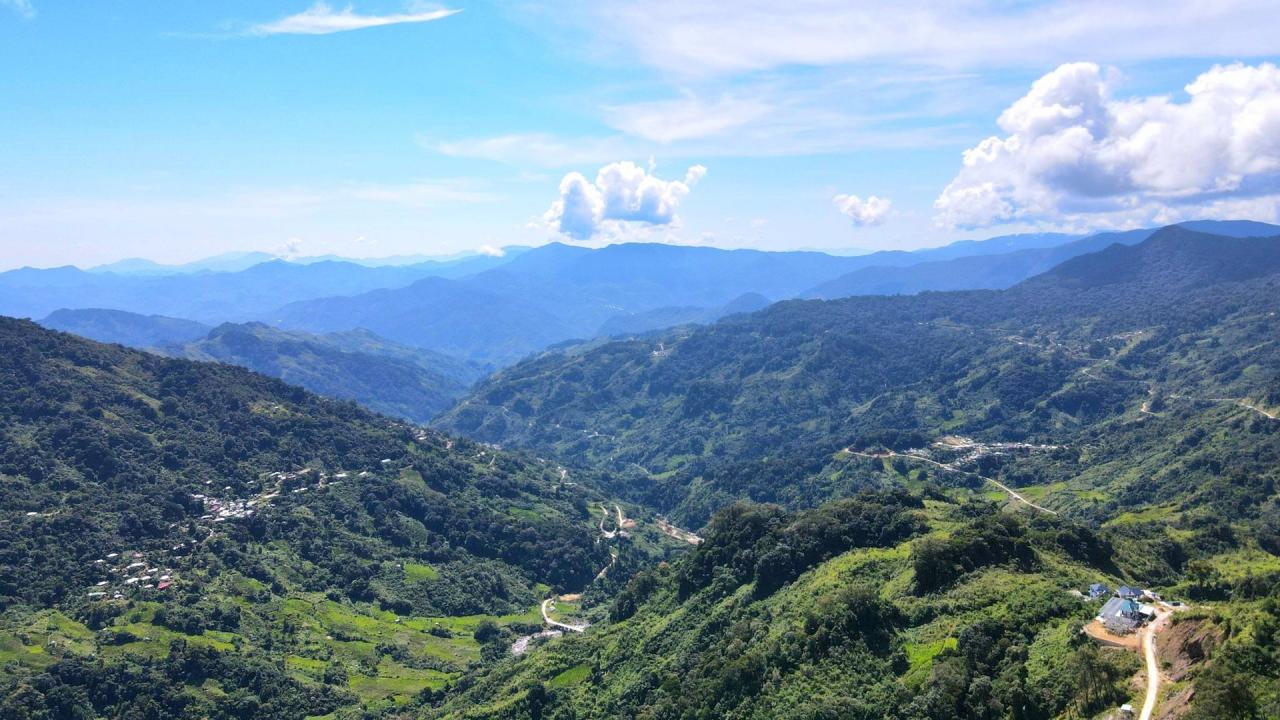
Therefore, the Central Highlands Regional Planning also identifies strengthening linkages in establishing and managing the inter-provincial biodiversity corridors of Ngoc Linh (Quang Nam - Kon Tum), Kon Ka King - Kon Chu Rang (Gia Lai province) and biodiversity conservation activities to minimize the impact of natural disasters and climate change; conserve and develop natural ecosystems, wildlife species, endangered, precious and rare plant and animal varieties. Control and minimize threats to biodiversity; increase forest cover, prevent and stop forest encroachment and illegal exploitation.
In the field of tourism, the Central Highlands Regional Planning plans to develop eco-tourism, resorts, and cultural tourism associated with the preservation and promotion of the cultural values and identities of the Central Highlands ethnic groups, linking with the provinces of the Central Central and South Central regions, linking with economic corridors, and linking tourism among the five Central Highlands provinces in a comprehensive and synchronous manner. In addition, the planning also mentions the content of research on the construction of the Bo Y - Quang Nam - Da Nang corridor in the future.
Source: https://baoquangnam.vn/quy-hoach-vung-tay-nguyen-va-nhung-diem-noi-voi-quang-nam-3136856.html


![[Photo] Ministry of Defense sees off relief forces to the airport to Myanmar for mission](https://vstatic.vietnam.vn/vietnam/resource/IMAGE/2025/3/30/245629fab9d644fd909ecd67f1749123)


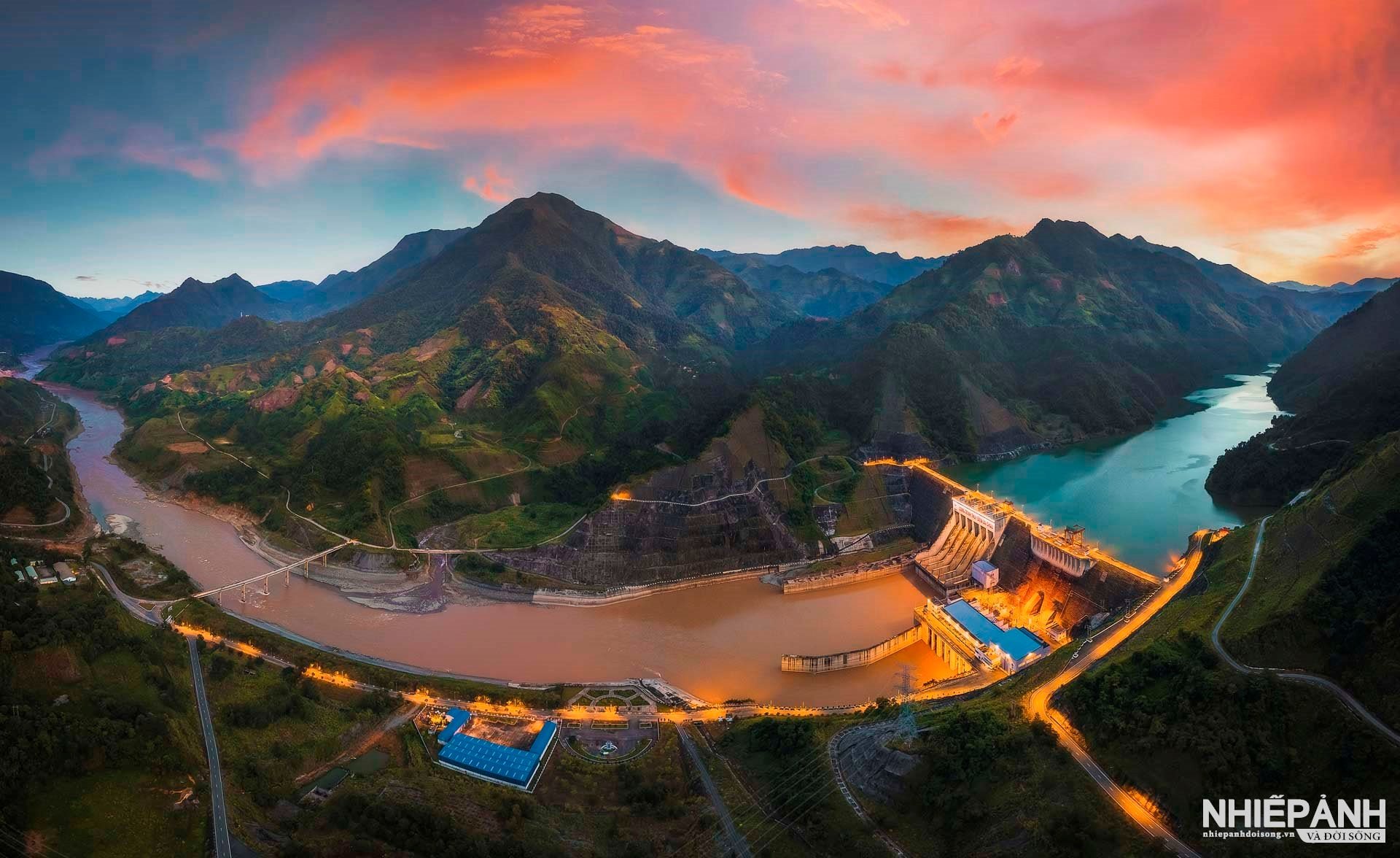
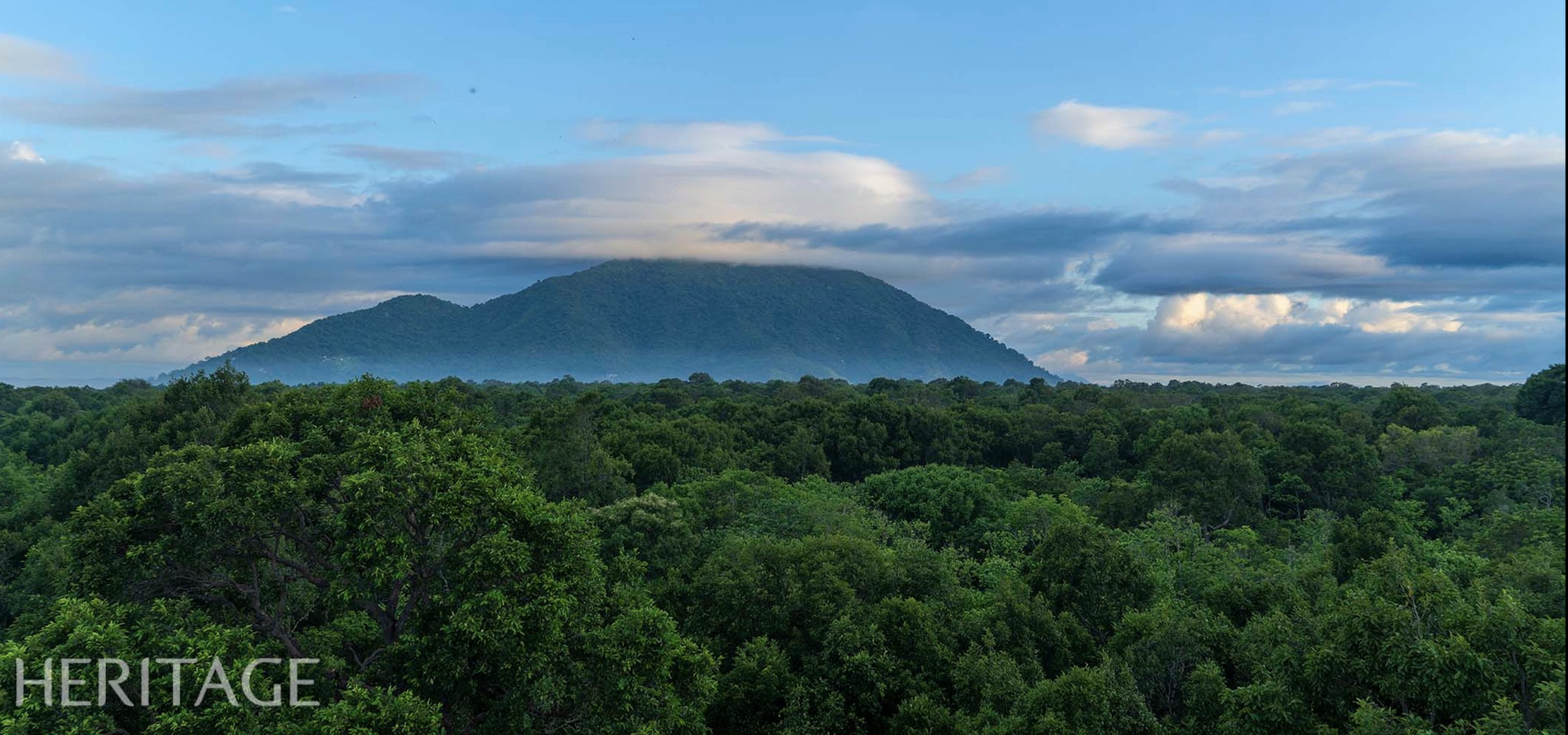

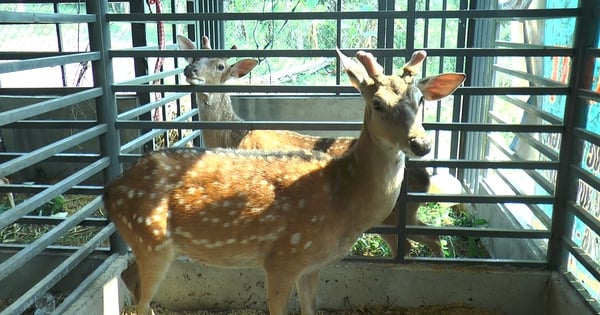



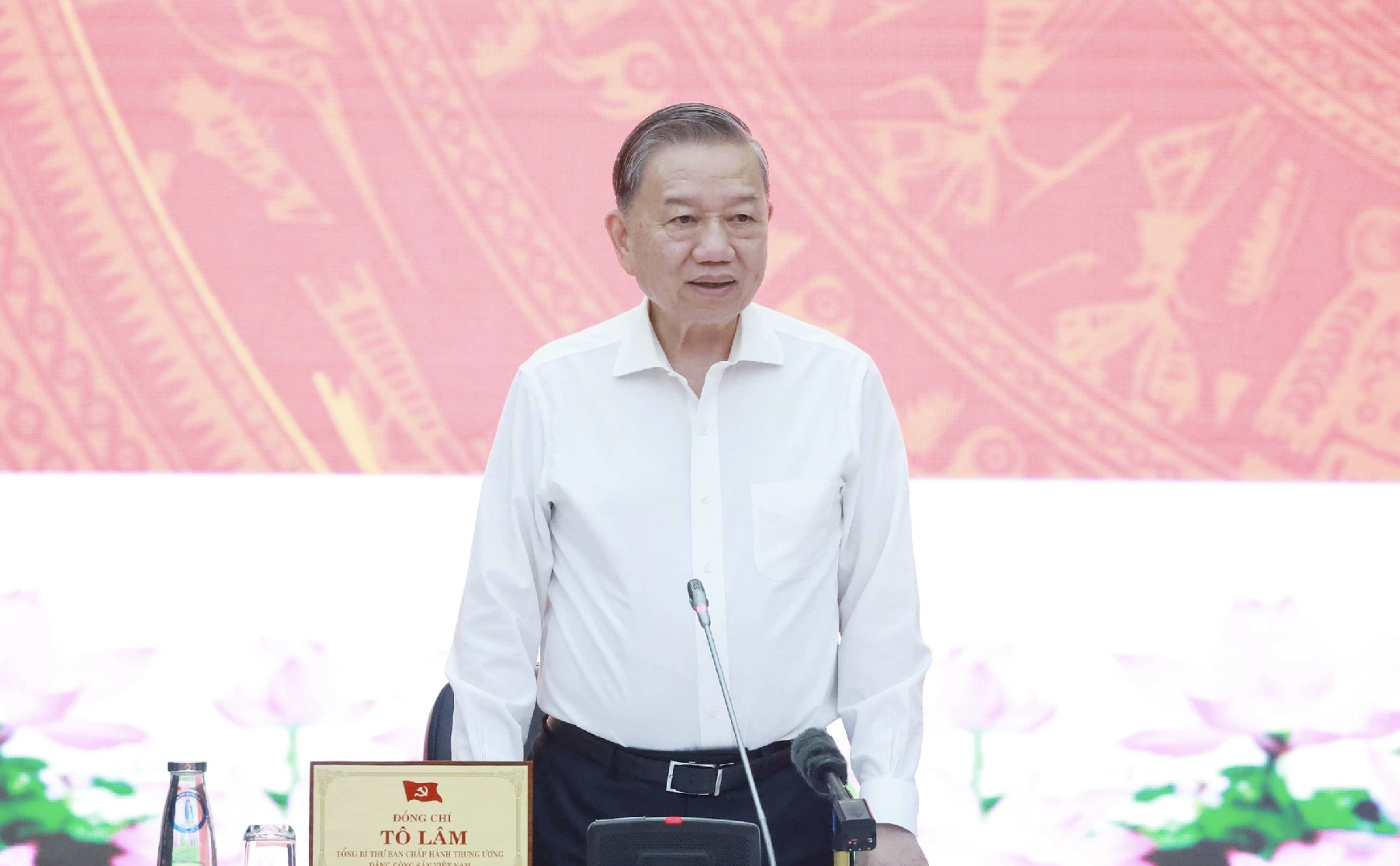

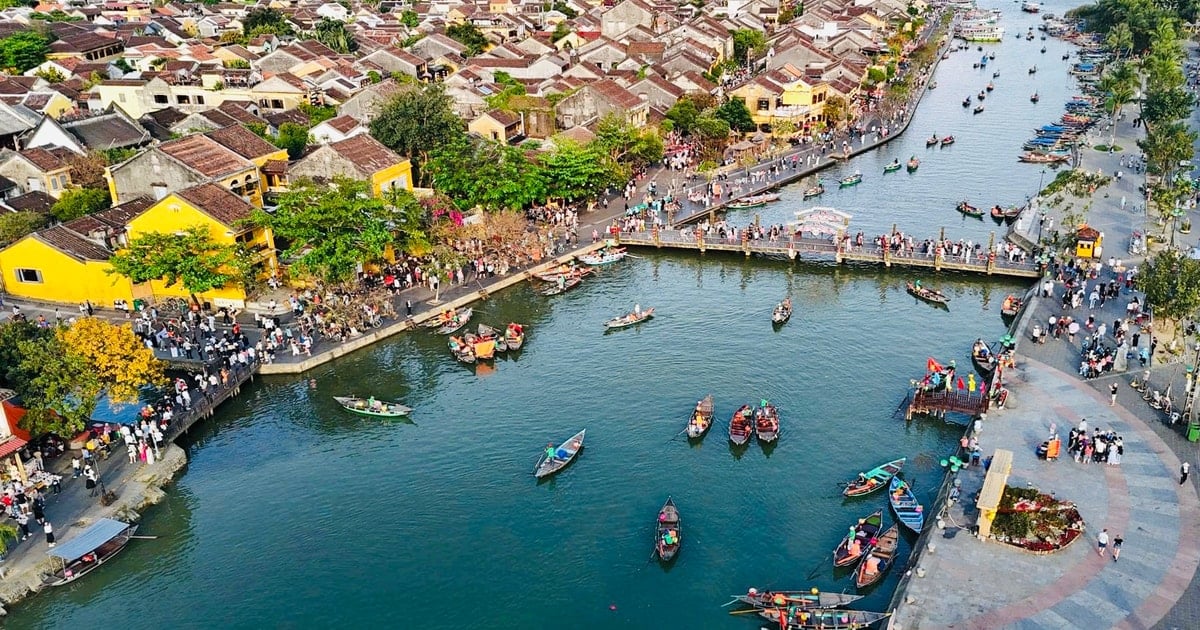


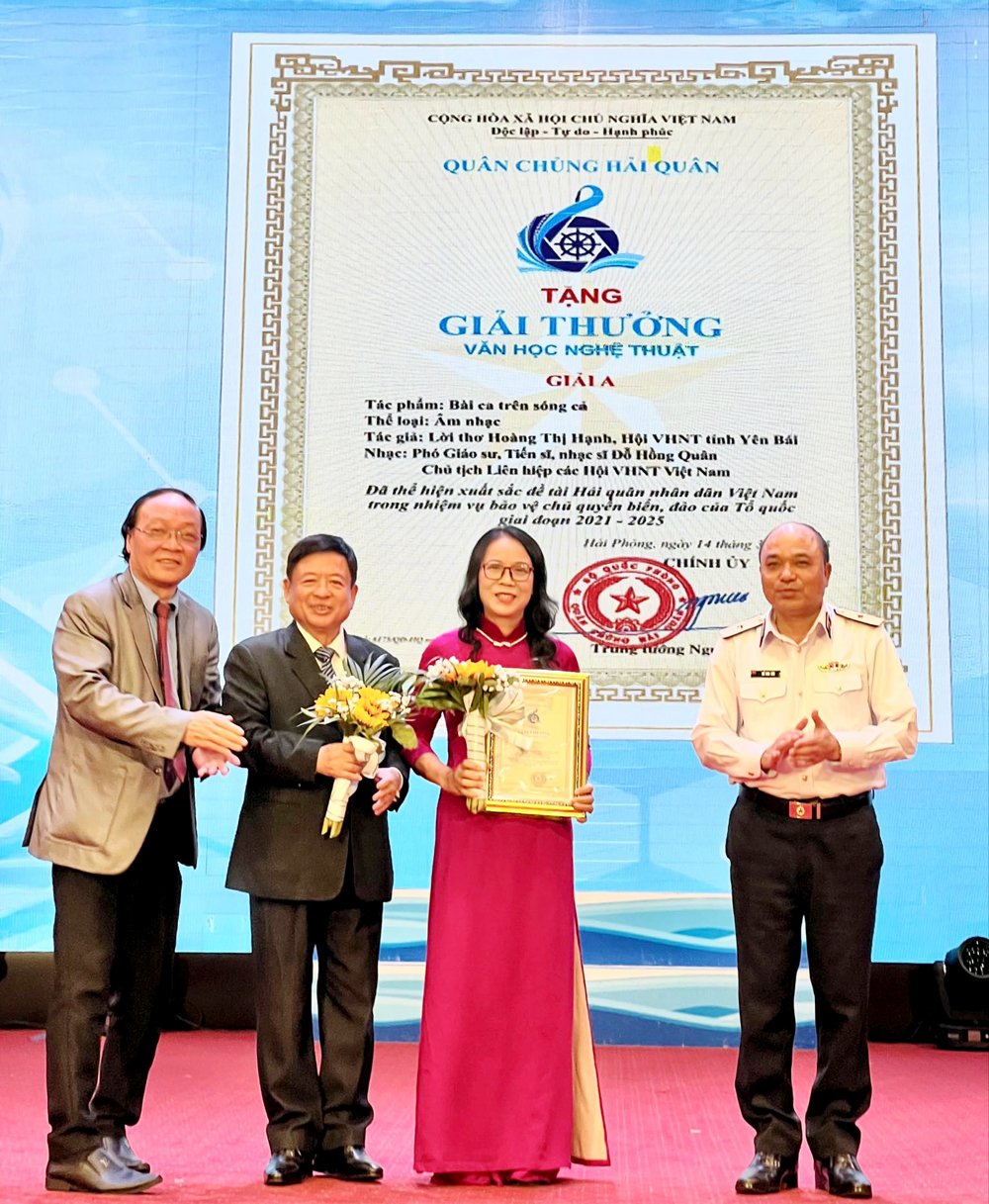


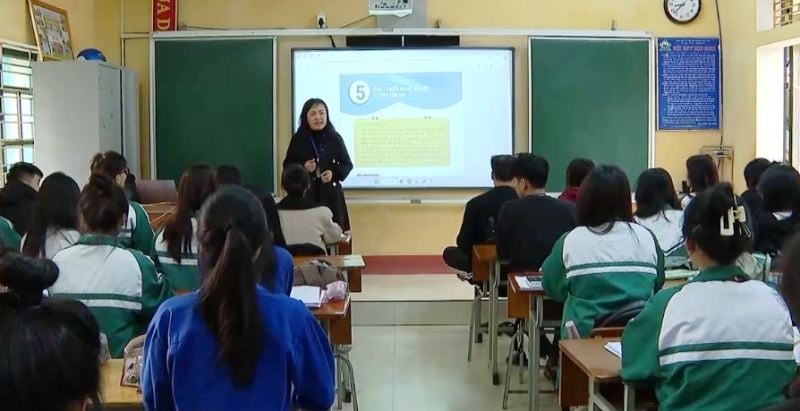






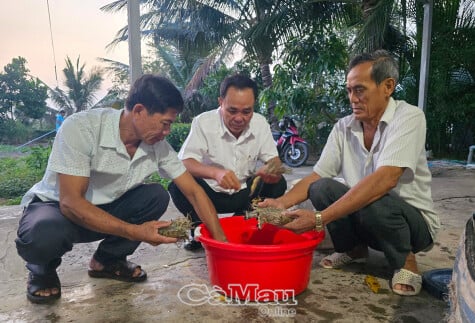

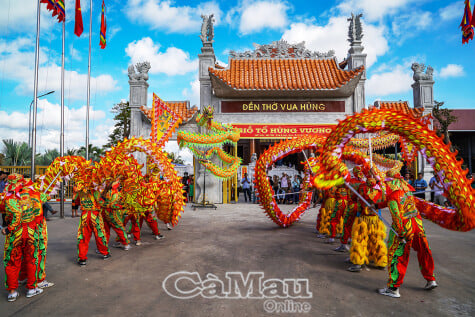

![[Photo] Prime Minister Pham Minh Chinh chairs meeting to remove difficulties for projects](https://vstatic.vietnam.vn/vietnam/resource/IMAGE/2025/3/30/7d354a396d4e4699adc2ccc0d44fbd4f)




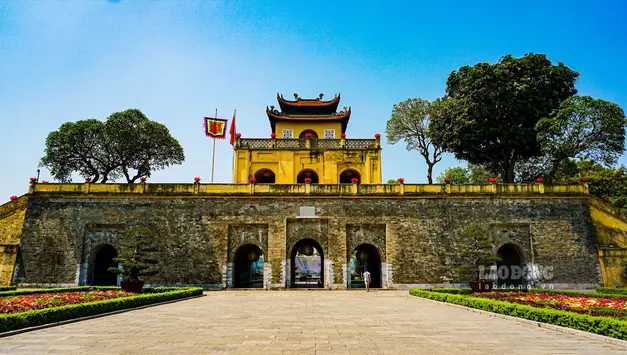













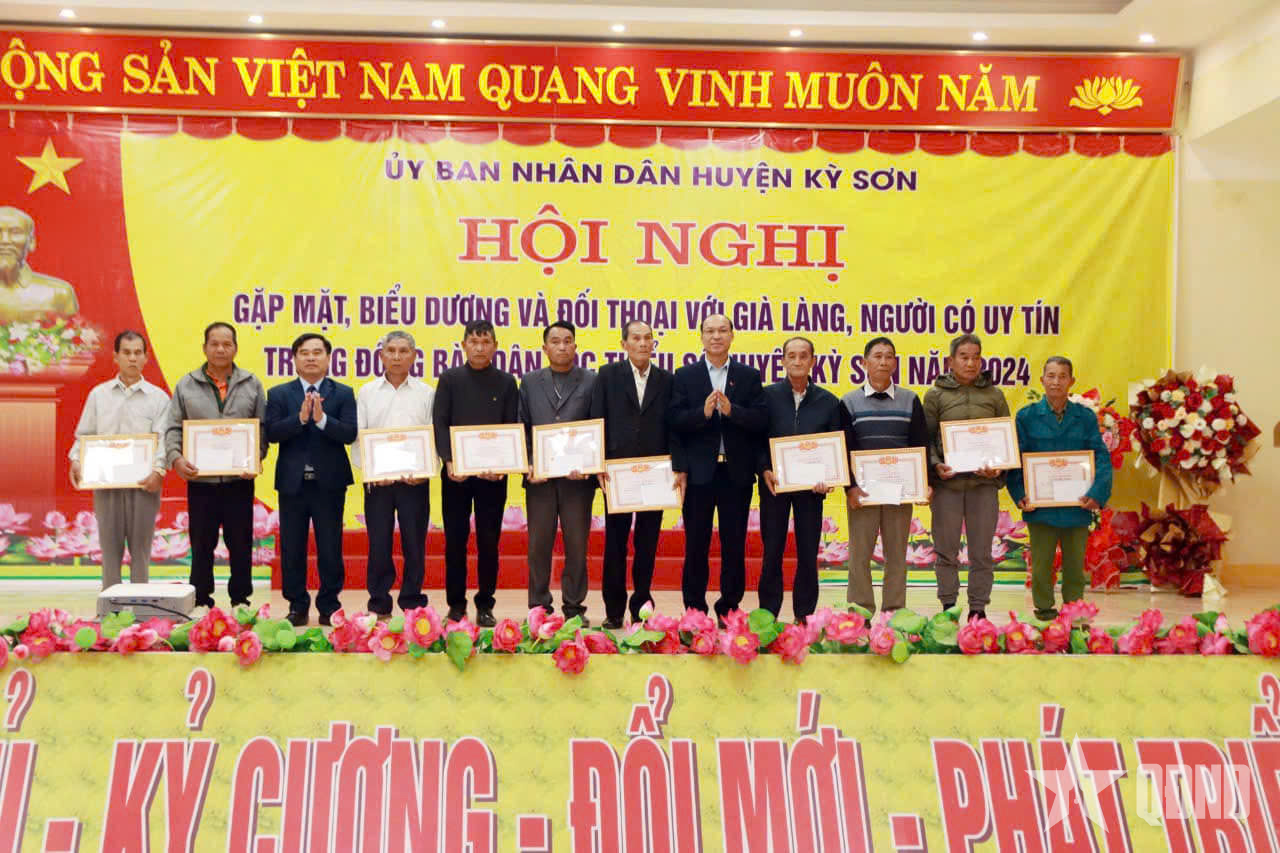















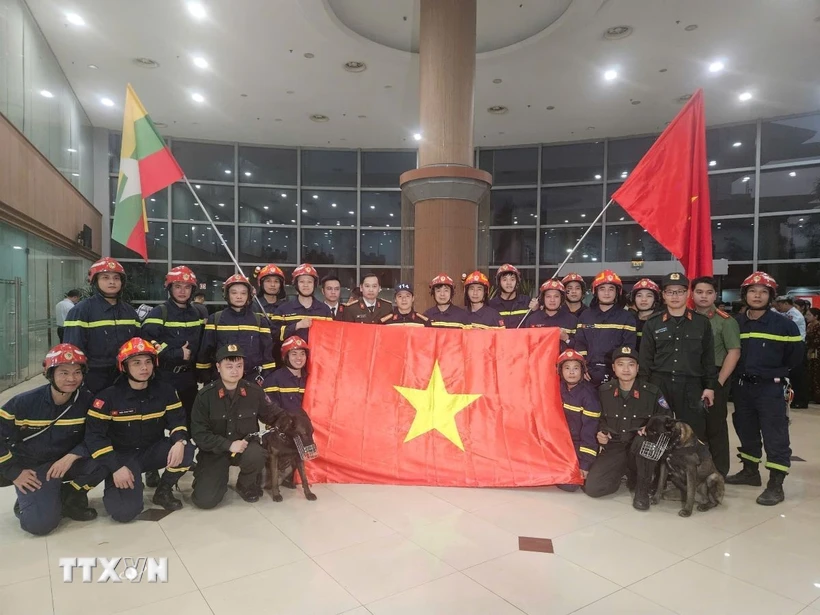




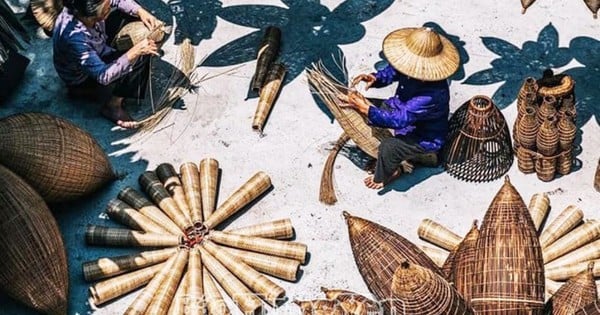
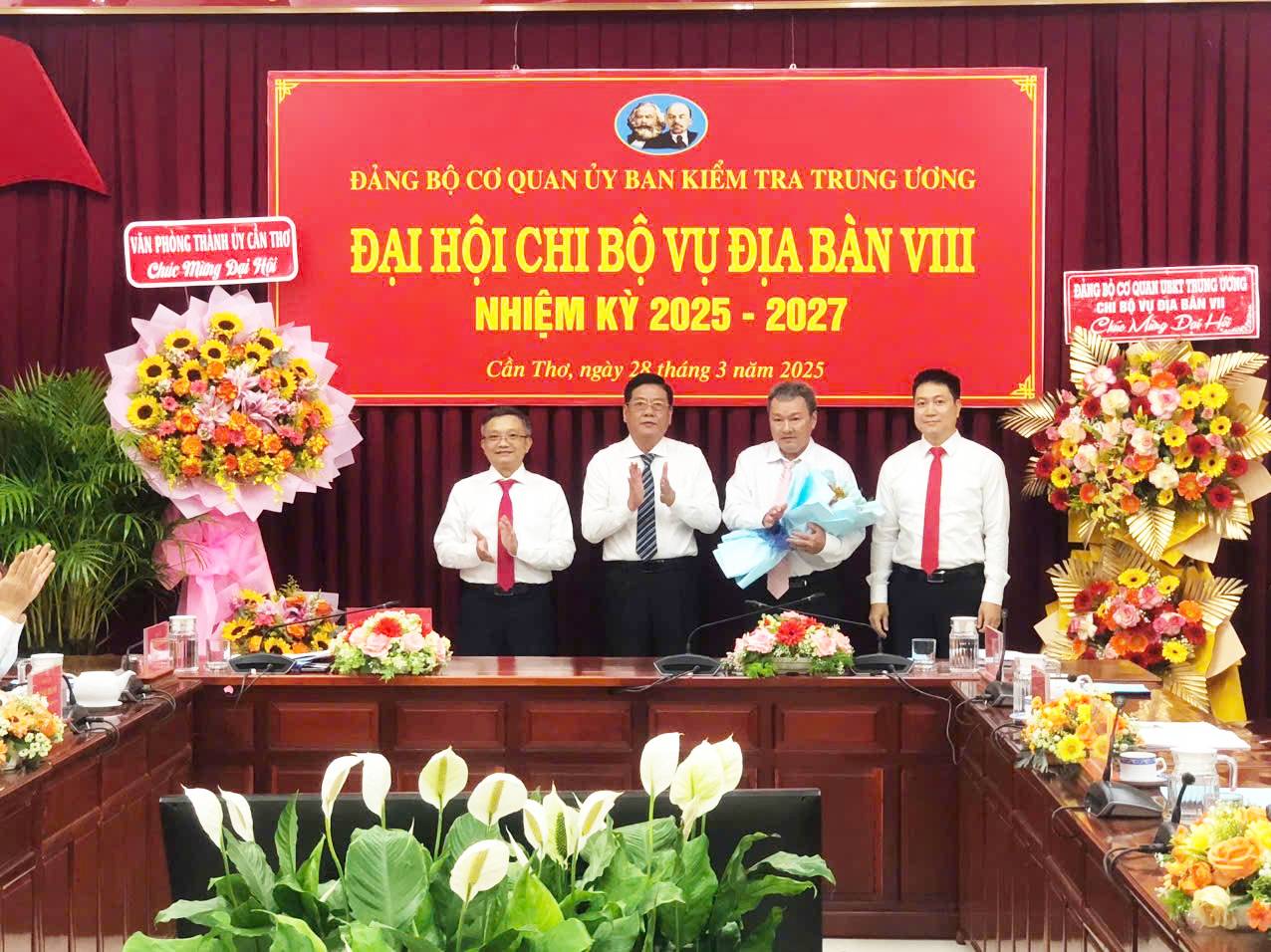



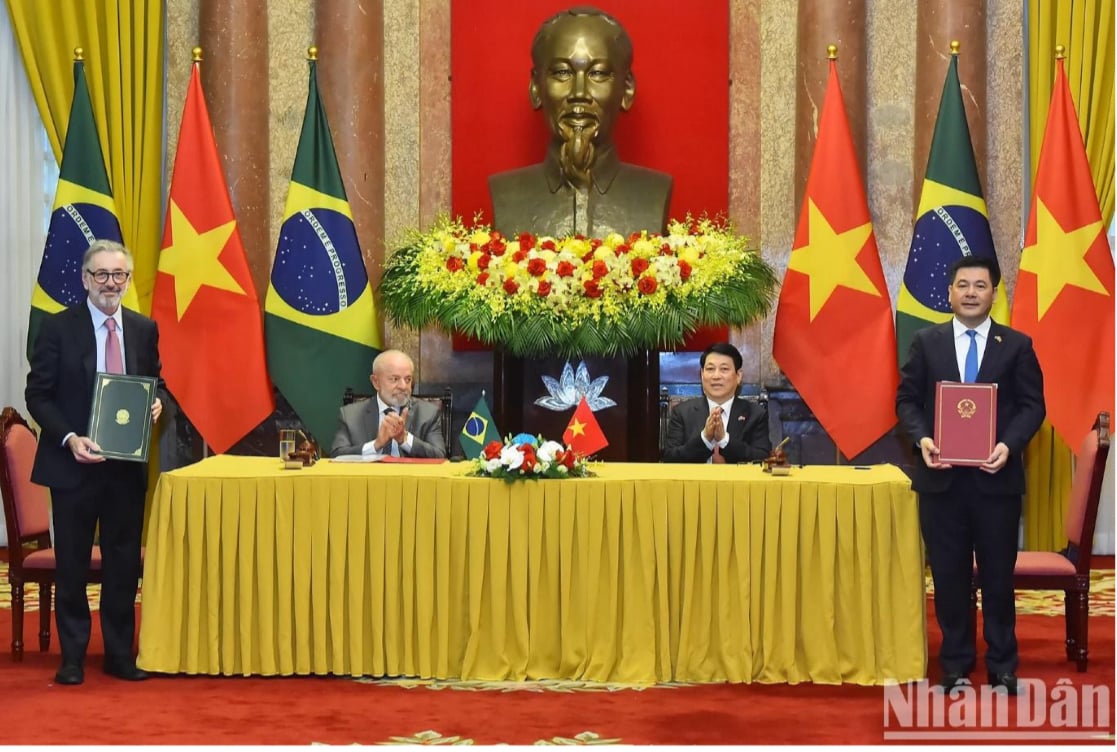

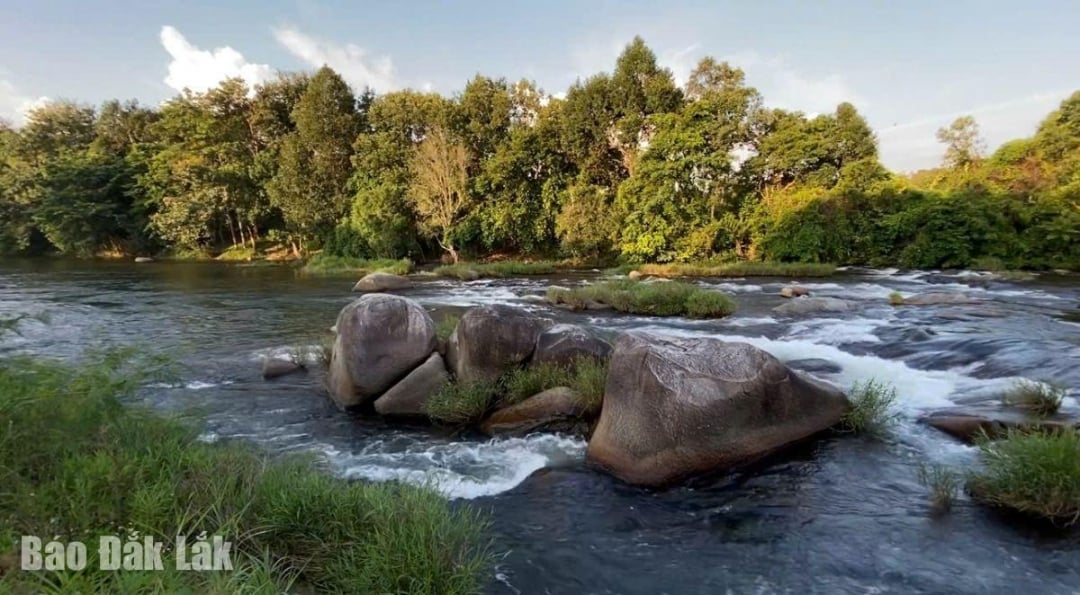





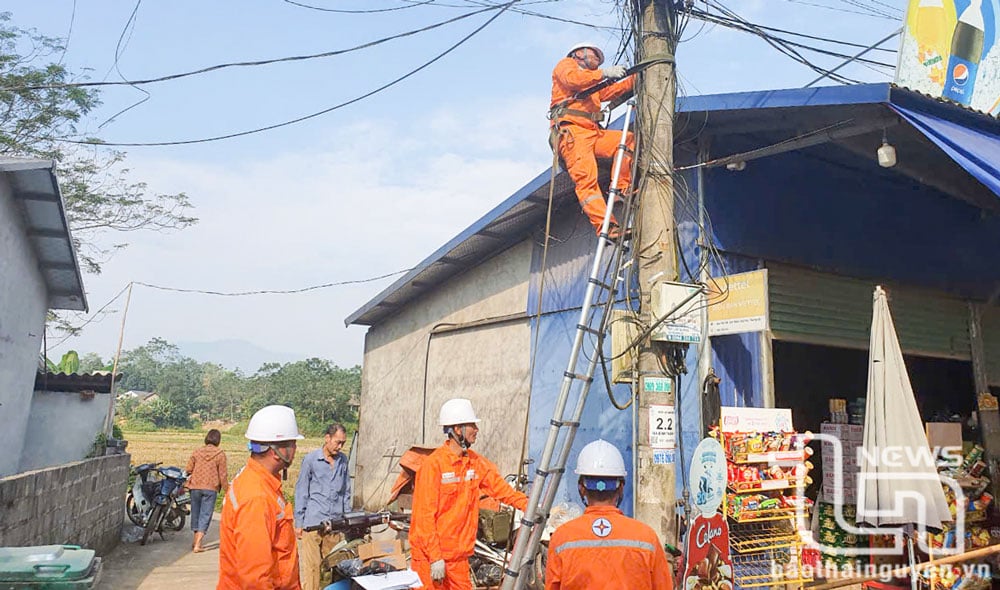










![[REVIEW OCOP] An Lanh Huong Vet Yen Cat](https://vstatic.vietnam.vn/vietnam/resource/IMAGE/2025/3/27/c25032328e9a47be9991d5be7c0cad8c)


Comment (0)